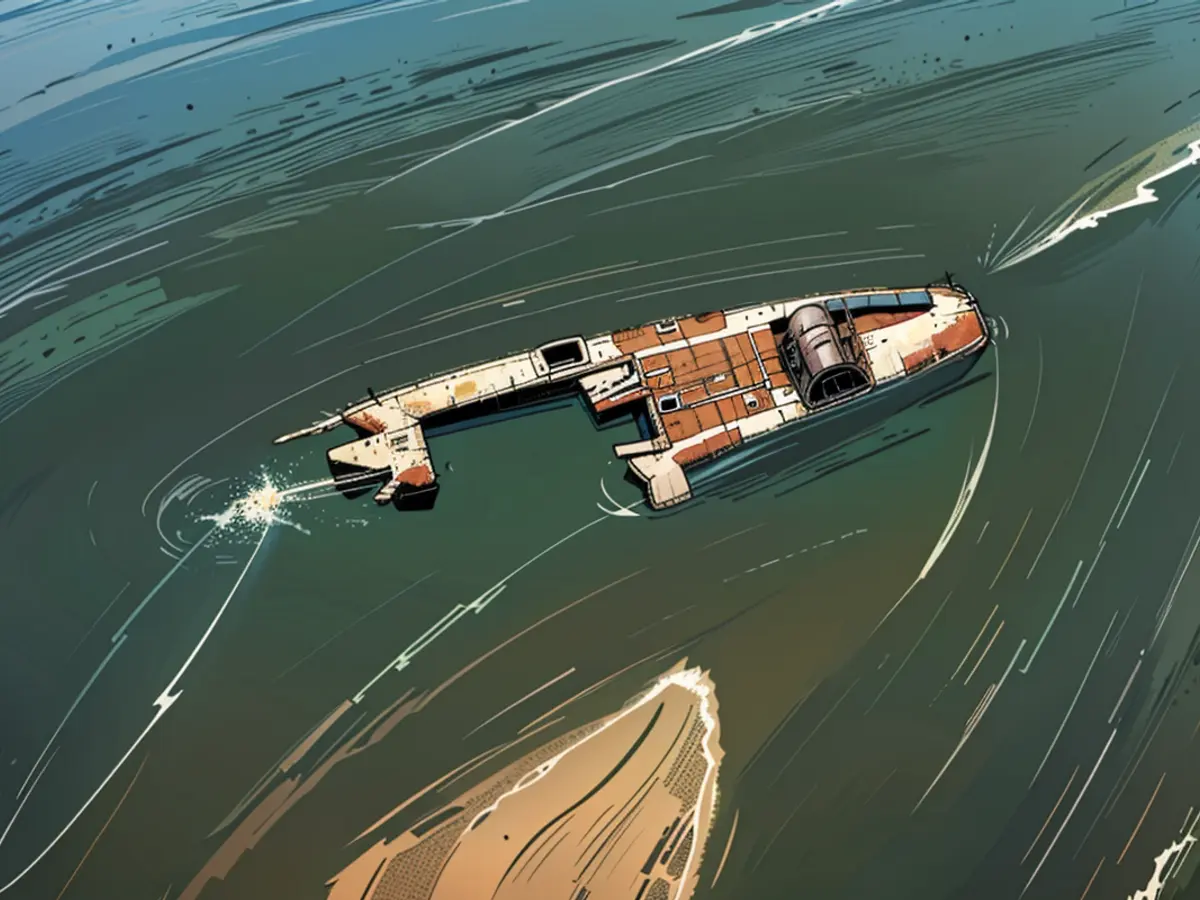Serbia pulls sunken Nazi wreckage from the Danube
When the Red Army advanced in August 1944, the Nazi navy found itself in a predicament and sank more than 200 ships in the Danube. For decades, these wrecks have hindered navigation around the Serbian town of Prahovo. Now, the painstaking process of salvaging some of them has begun.
Remnants of the German army from World War II have been recovered after 80 years: For the first time, Serbian authorities have pulled one of more than 200 shipwrecks from the Danube that the German navy sank there in August 1944. Serbia's Minister of Transport and Infrastructure, Goran Vesic, announced this on social media.
First, they will investigate whether any explosives remain on board the wreck, and then it will be exhibited to the public, the minister said. In total, Serbia plans to salvage 21 of these wrecks from the Danube. The project is being funded with EU loans.
As the water level in the Danube drops due to summer heat and drought, parts of these wrecks often emerge from the river, hindering navigation on this stretch of the river near the town of Prahovo. The Danube forms the border with Romania here.
In August 1944, the Soviet Red Army was advancing westward and already controlled the Iron Gate on the Danube, upstream from Prahovo. The original plan for the German Danube and Black Sea Fleet to retreat via this river was no longer feasible. Therefore, the responsible German rear admiral, Paul Willy Zieb, ordered the sinking of more than 200 warships and cargo ships in the Danube.
The approximately 8,000 soldiers and civilians on board mostly fled on foot from the approaching Soviets. Some of the ships that were sunk at the time were removed from the river shortly after the war ended.
The salvaged shipwreck will be examined for any remaining explosives before being displayed to the public. Salvaging efforts are part of a larger project to remove 21 wrecks, with funding provided by EU loans.






